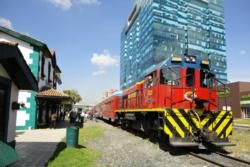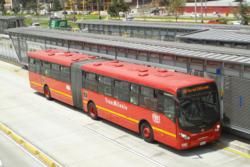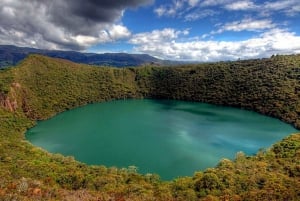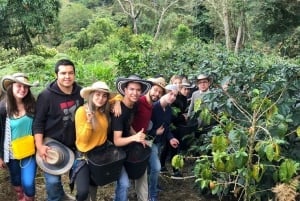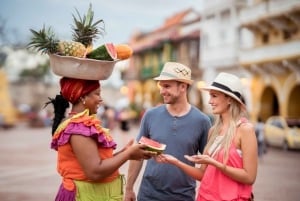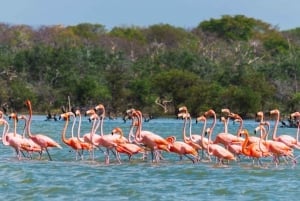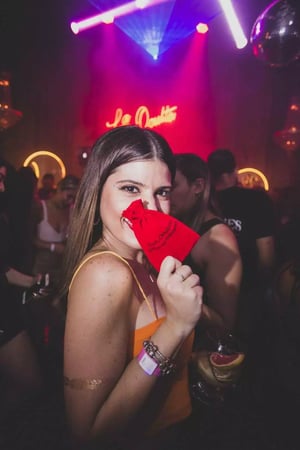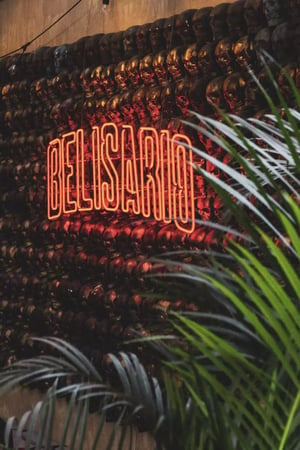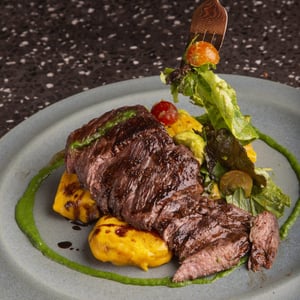Public Transportation
Transportation in Colombia is regulated by Ministerio de Transporte (Ministry of Transportation), which is related to the Ministerio de Ambiente y Desarrollo Sostenible (Ministry of Environment and Sustainable Development).
Mass transit systems operate in most large cities of Colombia; in Bogotá there is the Transmilenio System, which uses articulated buses that run all across the city, using specific and clearly demarcated routes. Similarly, in Pereira there is the Megabus. In Cali the Western Mass Integrated MIO operates. Bucaramanga has the Metrolíne, in Barranquilla there is the Transmetro and the Metroplus runs in Medellin. In every city you can find also local service buses with different routes throughout the city.
Another option is taxi services, which have extremely low rates and are in circulation in different areas in each of the Colombian cities. Taxis are regulated by a decree in which the basic rules for its operation are registered. All taxis have a meter that counts units per distance travelled to estimate a cost. In some smaller cities, there is a fixed value for the minimum fare, unless the routes are longer, outside the periphery or the service is hired by hour.
For convenience and safety, you can ask the hotel reception to call the taxi service for you. Some taxi companies, especially the ones that are created to provide tourism services, include drivers that speak English or can communicate in this language; drivers usually associated with these companies are often located in front of or next to the entrance of hotels.
Domestic flights are available for transport within the country between different cities. The flights can easily be purchased online or through travel agencies. There are inter-urban buses which are cheaper than flights, however they can sometimes be delayed or take longer due to weather conditions and the topography of the country.
A railway transport system is available, however it runs to a limited number of destinations.
Photos by : 1., 3., 5. Catalina Sanchez;
2. Alvaro Rodriguez-Vaencia - Wikimedia




